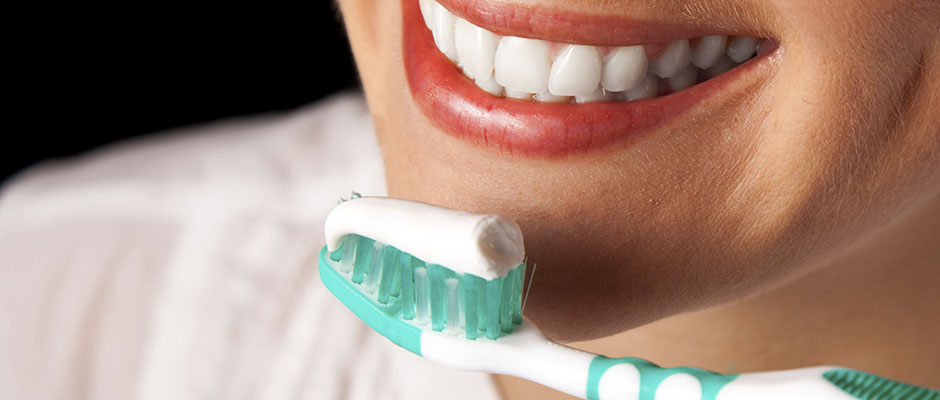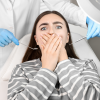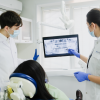
Simple tips to keep your teeth for life
Do you think about what you are doing when you brush your teeth, or is it an automatic action? It is something that most of us learn at an early age, and it is all too easy to fall into bad habits, especially as it is often carried out when we are tired or in a rush. Effective tooth brushing is down to technique, as you don’t need to brush hard, but you do need to pay attention to what you are doing, how you are doing it, and how long you are brushing for.
Choose Your Toothbrush Carefully
One common mistake is to choose the wrong equipment. The head of your toothbrush should be small enough to reach right to the back of your mouth, and it should be easy to manipulate into all the nooks and crannies. If you have a very small mouth then you may even want to choose a child sized brush; it doesn’t really matter, as long as it gets the job done.
The bristles on the brush don’t need to be very hard, and should be gently rounded at the ends. If your toothbrush bristles are too stiff then they could irritate or damage your teeth and gums. It is not unusual to see people with gum recession, or damaged teeth due to brushing too hard with a hard bristled brush.
It is down to you as to whether you choose a manual or electric brush. Studies have shown both can be equally effective, provided your brushing technique is good. However if you struggle to hold a toothbrush then you may find an electric brush easier to manipulate. Another advantage of choosing an electric brush is that they include built-in timers that will alert you when your two minutes are up.
Why Brush Twice a Day?
You need to brush twice a day, spending two minutes each time. The reason for this is because plaque bacteria build up on the teeth over the course of the day, and they must be removed to keep your teeth and gums healthy. If you fail to brush your teeth twice a day then the plaque bacteria will harden into a substance called calculus or tartar, and this can only be removed during professional teeth cleaning. Calculus will irritate your gums, causing them to become infected and inflamed, and you are likely to develop gum disease or an even more destructive condition called periodontal disease. This is an extremely serious condition and is the main reason teeth are lost. Even worse, periodontal disease can affect your general health and has been linked to numerous other serious health conditions including heart disease and diabetes.
Brushing Techniques
It is important to clean all the surfaces of your teeth, and it can be easiest to think of your mouth as being split into four different quarters or quadrants. This way you can concentrate on one quadrant at a time, spending approximately 30 seconds cleaning all the teeth in this section.
Squeeze a pea-sized amount of good quality fluoride toothpaste onto your damp toothbrush. Start with the outside surfaces of your teeth, holding the toothbrush at a 45° angle. This will ensure that the bristles reach right down to the gum margin which is the junction where the teeth meet the gums, and to just below the margin, an area where plaque can easily build up. Use small circular motions to clean all the outside surfaces of your teeth before moving on to the chewing surfaces, and repeating the same action on the inner surfaces of your teeth.
If you use an electric toothbrush it will probably alert you once 30 seconds has passed so you know exactly when to move on to the next quadrant. Otherwise you may want to place a small timer in your bathroom so you can see exactly how long you spend cleaning your teeth. It is surprisingly easy to overestimate the time spent brushing your teeth.
Once the 2 minutes are up you should be able to feel that all the surfaces of your teeth are clean, simply by running your tongue around your mouth. Spit out the excess toothpaste but you don’t need to rinse your mouth. This will allow the fluoride ions in the toothpaste to continue protecting and strengthening your tooth enamel for a little longer.



